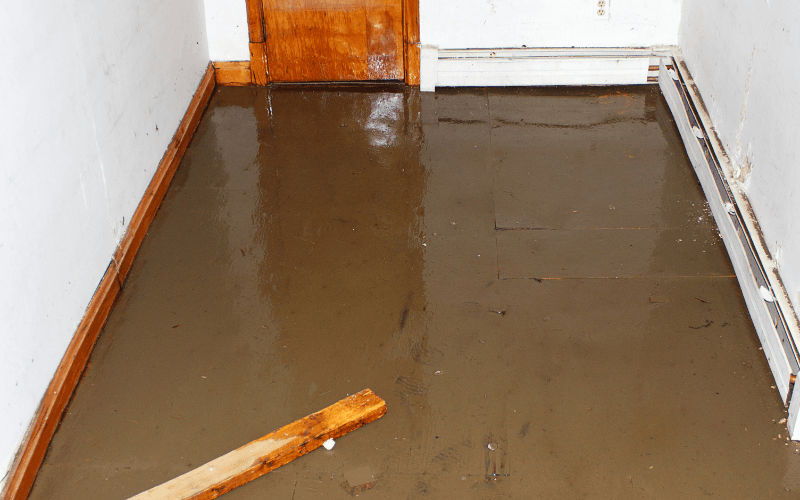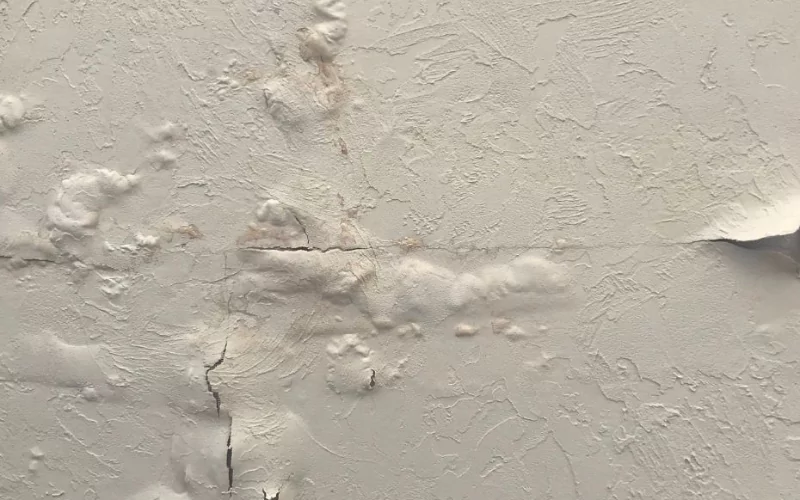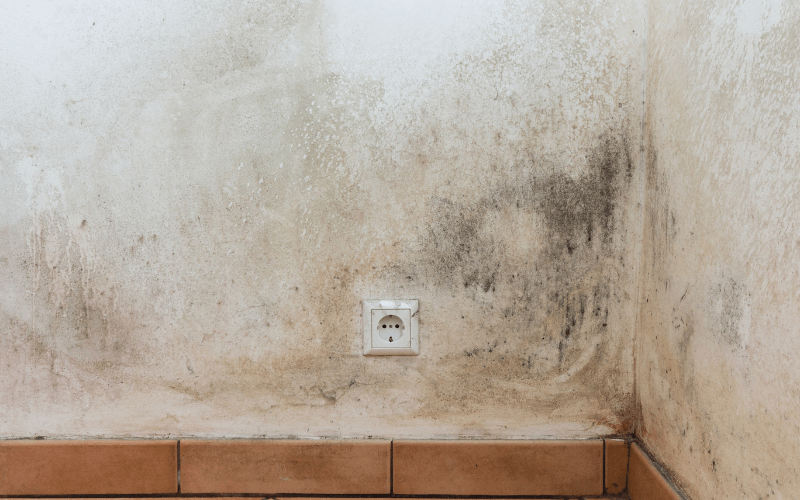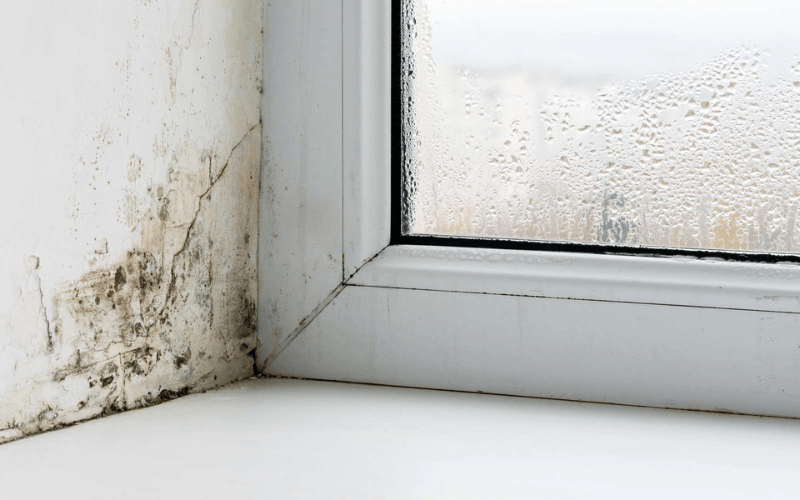Water damage can strike your home at any time. Whether it’s a burst pipe, leaky appliance, or rainwater, the intensity of damage it inflicts exceeds one’s expectations. But the good thing is that you can minimize the destruction by following a few preventive measures to help restore your property as early as possible.
Therefore, in this blog, we will help you grasp certain Dos and Don’ts of water damage restoration to lessen the risk of further destruction and avoid making mistakes that can worsen the situation.
Dos Of Water Damage Restoration
⇒ Locate The Source
First and foremost. Start locating the source of the water. Locating the source is one of the most immediate steps to take after water damage because the longer you delay, the more you allow water to keep flowing, which, in turn, intensifies the damage.
Shutting off the water source quickly helps limit the destruction and save money on costly repairs.
⇒ Contact Your Insurance Company
As soon as you’ve shut the source, call your insurance company immediately, as the sooner you call them, the quicker they’ll arrive to assess the damage. Calling them a little late might obscure the details or damage parts of your home.
Besides, till they arrive, make sure you take pictures of all the affected areas of your home to back up your evidence.
⇒ Remove Standing Water Quickly
Now, before the insurance company arrives, for the time being, start removing standing water using a wet/dry vacuum cleaner. Wet/dry vacuum cleaners contain powerful motors that can suck up large volumes of water.
This is crucial because standing water can rapidly damage flooring, furniture, and other parts of your home. For corner or hard-to-reach areas, use a shop vac, towels, or sponges.
⇒ Separate Your Valuables
Once you’ve removed the standing water, inspect your affected items thoroughly and separate them accordingly to let them dry and heal before they get damaged beyond repair.
Documents, books, or jewelry items (if affected) should be placed in a separate room to dry and those that seem beyond repair must be discarded completely. While doing so, make sure to wear gloves to avoid coming in touch with bacteria or germs.
Don’ts Of Water Damage Restoration
⇒ Avoid Touching Electrical Appliances
Water conducts electricity, increasing the risk of getting a shock when using a damaged appliance. In fact, even a minor shock can be fatal, resulting in severe consequences including death, so make sure not to touch electrical appliances after water damage. Instead, unplug or turn them off quickly until a qualified electrician comes and repairs them.
⇒ Don’t Use Your Regular Vacuum
As explained earlier, when removing standing water, always make use of wet/dry vacuums instead of regular vacuum cleaners. Ordinary vacuum cleaners (used to clean carpets or upholstery) can actually spread the water instead of sucking, thus further deteriorating the situation.
⇒ Don’t Walk On Water-Affected Floors
Water can deteriorate the elements that make up your floor, particularly common subflooring materials such as wood. When wet, certain materials might lose strength, become spongy, or even break. Walking on a vulnerable floor might force it to collapse or buckle, resulting in more damage and possible injury.
⇒ Make Sure Not To Step Into Unsafe Areas
Stepping into certain areas after water damage can have serious repercussions. For example, avoid standing near damaged ceilings or walls, as they are prone to structural instability due to sagging or bulging. Moreover, avoid entering the basement too, as they often accumulate water and have electrical panels or exposed wiring at risk.
Final Words
The repercussions of post-water damage can be fatal and costly. But luckily, you can minimize the damage by following prompt actions as this blog described you and avoid making certain mistakes that can further deteriorate the situation and lead to more expensive repairs.





